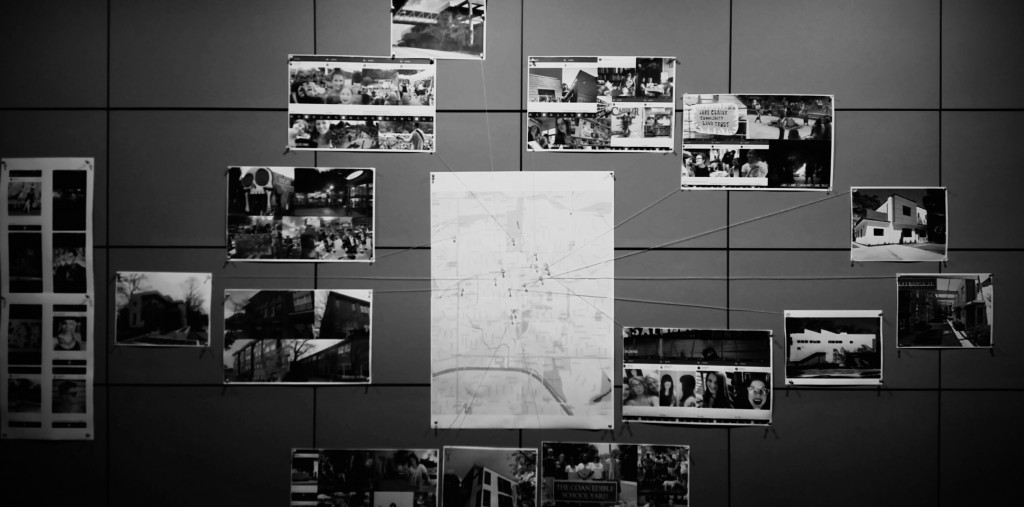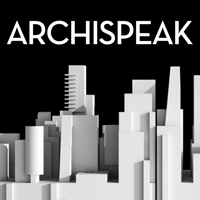The Big Idea
This post is part of a coalition of architects posting on a single topic, each interpreting it in their own way, known as Architalks. This month the topic is your “my three favorite words”
The Big Idea.
Three words I use, probably more than any other in my work. Architecture is complicated. It is so complicated that it can take many, many people to make it a reality, with a diverse web of scheduling, overlapping responsibilities, stacked phases, and hand offs from one team to another, and all the interdependent coordination that entails. What is the one thing that keeps everything on track?
The Big Idea.
The best designs start with a big idea that shapes the direction and provides guidance though the whole process. That idea is born of the research and program, and provides the road map for the project to best achieve the design goals. We architects know this. It’s what we did in school, talking to random people on the street, passionately researching De Stijl paintings, tragically reading Derrida, and pretending to understand the fundamental aerodynamic properties of Formula 1 air foils (all of which I did) – a torrid panoply of experiments to try and help guide us to a creative solution in order to resolve a design problem.
While the inspiration most students might use often has dubious relevance to good design, it’s an important process to go through. What I think is unfortunate is a pervasive lack of this rigor carried on through into everyday practice. I’ve worked at three different firms in my time, and have been fortunate to collaborate with a half dozen or so more, and I’ve seen many different processes at work. It’s been my experience that architects tend to fall into a production mode mindset that focuses on deadlines and code questions that often leads to solutions that are technically correct, but are, in fact, bad design.
I’m just as guilty of this as anyone. It’s easy, especially when you’re busy, to accede to a viable solution which addresses most of the issues instead of spending more time to discover the right solution that solves all of the issues. This is where the big picture comes into play. All too often when my team and I are challenged by a situation I like to break the tension like this:
Me: “Wait, what are those doors opening up into the paseo?”
Team member: “Fire doors. We have to have a fire wall there.”
Me: “But they obstruct the flow through the paseo. It kills the connection between the courtyards.”
Team member: “I did the calculations, we need to have a firewall here.”
Me: “Wait, wait, wait…what’s the Big Idea here? Remember, when we coordinated with the landscape architect and sold the idea of an interconnected series of spaces, linked with elegant paseos and focal points to draw the user through? The client loved it. Instead of one giant courtyard we’re organizing the spaces around these interlinked outdoor ‘rooms’ with special intimate connections. Fire doors opening into that space isn’t special.”
A strong “big idea” creates a narrative for the design that can help guide resolutions through the process. It helps the entire team make decisions that are far more objective than subjective. Designers get a bad rap as arrogant, unyielding, and general pains in the arse when it comes to alterations in their design vision. And it’s true, but I offer this is more often a result of either the lack of a big idea or the lack of communicating that idea to the design team. I’ve found the best way to resolve this is to involve the whole team in the process. We’re all designers and we all have good ideas and unique perspectives to bring to the process. Involvement also help get buy-in from the team in that big idea, so they become just as passionate about it as you are.
+ + +



